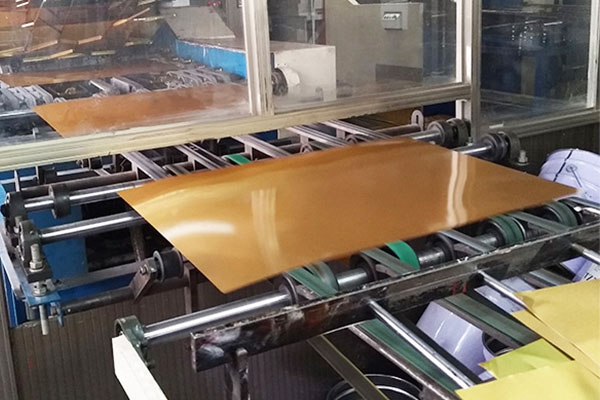Process of 3003 h16 Aluminum Coil Sheet for Ropp Caps
October 14, 2019
The 3003 h16 aluminum coil sheet for ropp caps appeared in the 1930s when its good sealing and anti-counterfeiting function were realized. Decades later, it is still widely used to seal bottles such as carbonated beverages, ordinary beverages, alcoholic drinks, food and drugs. Bottle caps for different purposes have different requirements for the state and material of aluminium. Because of its excellent corrosion resistance, high tensile strength and good formability, A-Mn series 3003 alloy has been used as the preferred material for beverage bottle caps containing carbonate. Here we discuss the process of 3003 h16 aluminum coil sheet for ropp caps.

The basic requirements for a ropp cap material are first high strength, and then small anisotropy, good formability, fine internal grains and no orange peel surface in deep drawing, which ensure the forming quality of the cover materials. Previous studies have shown that the properties of anisotropic materials and their degree of change depend on the origin of anisotropic texture and the strength of the texture development, that is, whether the deformation texture and cubic texture are relatively balanced. Recrystallization annealing produces cubic texture, which is easy to produce plastic deformation along < 100> direction during deep drawing, resulting in four ear rolling in direction 090 with rolling direction. In the deep drawing process of the 3003 h16 aluminium sheet metal, additional strain along the flange and rolling direction is generated in 45 direction under the action of stress, and yielding flow takes priority to form earring.
A new study finds results are as follows: (1) After intermediate annealing at 420 10 h, 3003 aluminium alloy strip produced by 37% cold deformation meets the target value, but its ear-making rate is high, which does not meet the requirements of making carbonated beverage bottles. (2) After annealing at 420 10B at 1.0mm thickness, the second annealing at 0.35mm thickness was carried out. Finally, the 003 aluminium alloy strip produced by 37% cold deformation had low ear-making rate, but the grains were large, and the stamping surface produced “orange peel” shape, which could not meet the requirements of use. (3) After annealing at 420 710 h at 1.6 mm thickness, annealing at 420 10 h at 0.35 mm thickness for the second time, and finally producing 3003 aluminum coil sheet for ropp caps with 37% cold deformation, the mechanical properties meet the daily standard value and the ear-making rate is low, which can meet the user’s requirements. Therefore, this process can be adopted in actual production.


 Nydia
Nydia
 Sales Manager
Sales Manager